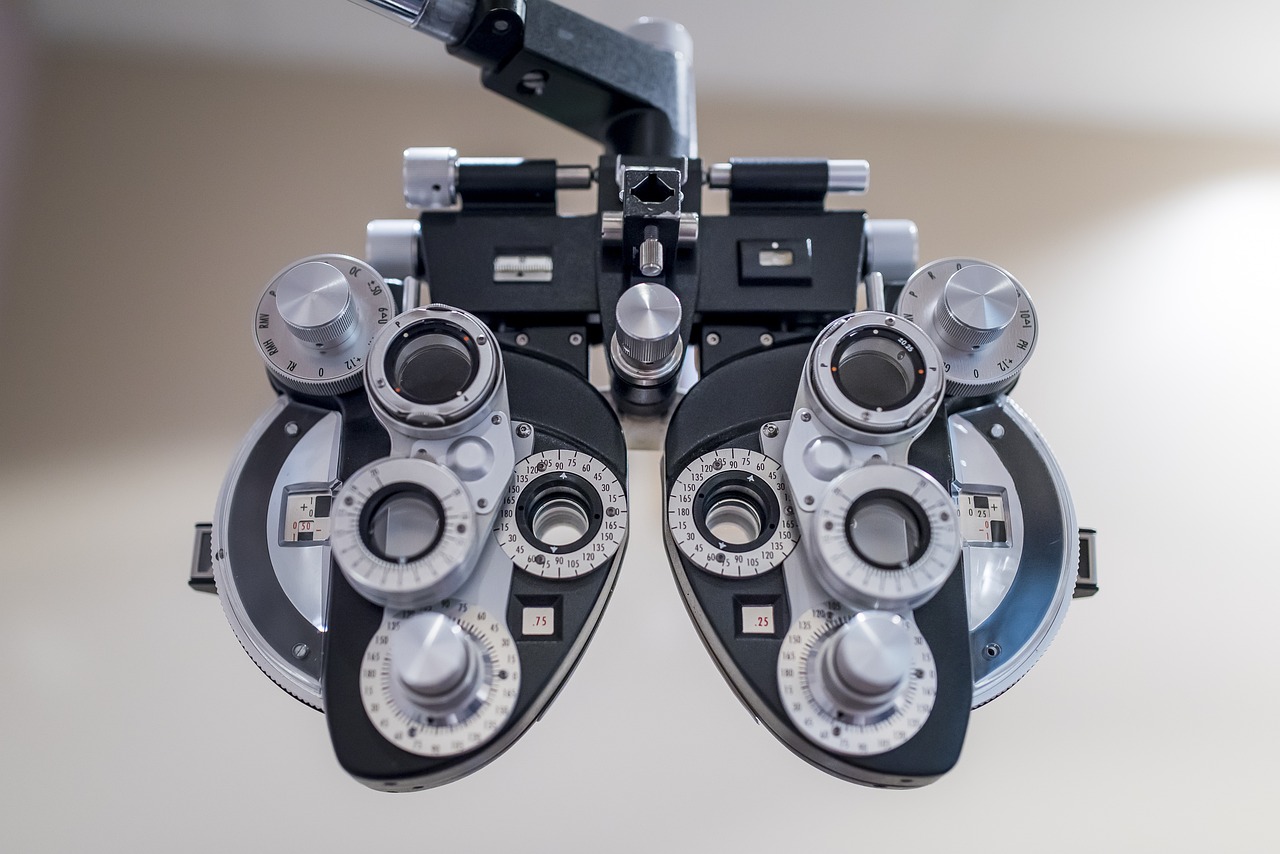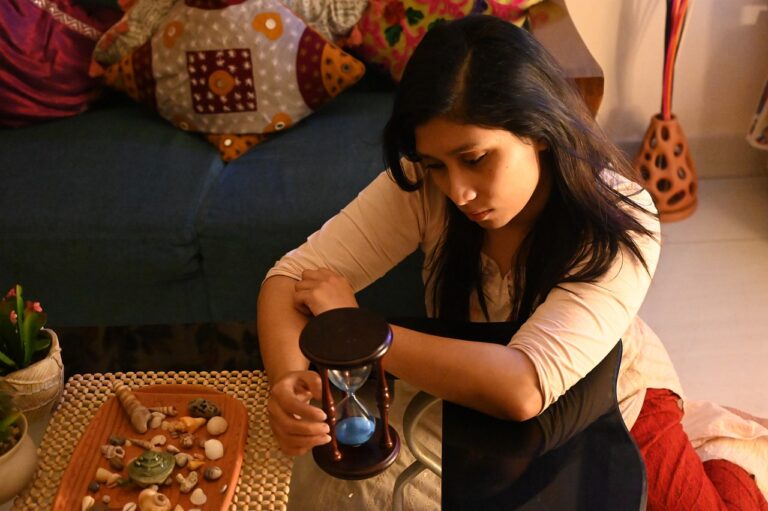The Role of Technology in Remote Patient Monitoring
Remote patient monitoring technology offers healthcare providers the ability to track patients’ health data in real time. This instantaneous access to medical information facilitates timely interventions and personalized patient care. By monitoring vital signs, medication adherence, and other key metrics remotely, healthcare professionals can identify potential health issues before they escalate, leading to improved health outcomes and reduced hospital admissions.
Furthermore, remote patient monitoring enhances patient convenience and autonomy by allowing individuals to manage their health from the comfort of their homes. Patients no longer need to make frequent trips to healthcare facilities for routine check-ups, as data can be transmitted electronically to their providers. This not only saves time and resources but also empowers patients to take an active role in their healthcare journey.
Challenges in Implementing Remote Patient Monitoring Technology
One of the primary hurdles in the implementation of remote patient monitoring technology is the integration of these systems with existing healthcare infrastructure. The need for seamless communication between different devices and platforms poses a significant challenge, as healthcare providers strive to ensure data accuracy and security in a complex network environment.
Another key difficulty lies in ensuring the usability and accessibility of remote monitoring tools for both healthcare professionals and patients. Designing intuitive interfaces and user-friendly applications is crucial to encourage adoption and ensure the successful implementation of remote patient monitoring technology. As technology continues to advance, addressing these challenges will be essential in harnessing the full potential of remote monitoring solutions for improving patient outcomes and enhancing healthcare delivery.
How Technology is Revolutionizing Healthcare
Innovations in technology have propelled the healthcare industry into a new era of efficiency and patient care. With the rise of telemedicine, patients can now access medical services remotely, breaking down barriers to healthcare access and making it more convenient for individuals to receive the care they need. Additionally, wearable health devices allow for continuous monitoring of vital signs and health metrics, providing valuable insights to both patients and healthcare providers.
Furthermore, advancements in artificial intelligence and machine learning have enabled healthcare professionals to analyze vast amounts of data rapidly and accurately. This technology aids in diagnosing diseases earlier, predicting medical events, and personalizing treatment plans for patients. By leveraging these cutting-edge tools, healthcare providers can deliver more precise and effective care, ultimately improving patient outcomes and reducing healthcare costs.
• Telemedicine allows patients to access medical services remotely
• Wearable health devices enable continuous monitoring of vital signs and health metrics
• Artificial intelligence and machine learning aid in diagnosing diseases earlier
• Predicting medical events and personalizing treatment plans for patients
• Cutting-edge tools help healthcare providers deliver precise and effective care
What are some benefits of remote patient monitoring?
Remote patient monitoring allows healthcare providers to track patients’ vital signs and symptoms in real-time, leading to early detection of health issues and better management of chronic conditions. It also reduces the need for frequent in-person visits, saving time and resources for both patients and healthcare providers.
What are some challenges in implementing remote patient monitoring technology?
Some challenges in implementing remote patient monitoring technology include concerns about data security and privacy, the initial cost of setting up the technology, and the need to train healthcare providers and patients on how to use the technology effectively.
How is technology revolutionizing healthcare?
Technology is revolutionizing healthcare by enabling more personalized and efficient care delivery, improving patient outcomes, and reducing healthcare costs. From electronic health records to telemedicine and wearable devices, technology is transforming the way healthcare is delivered and managed.







